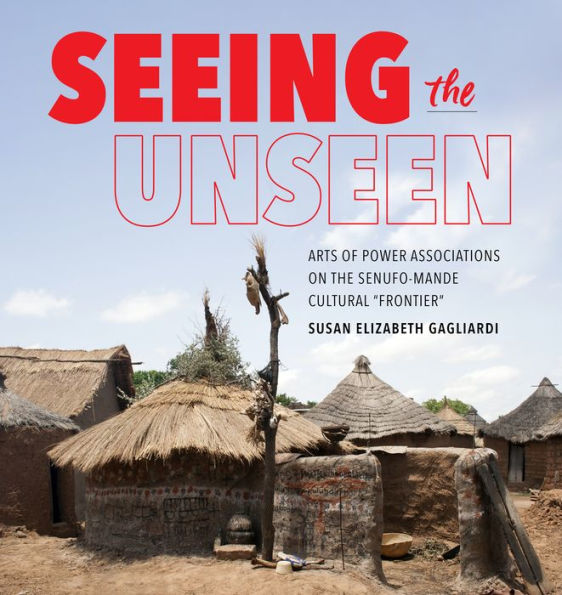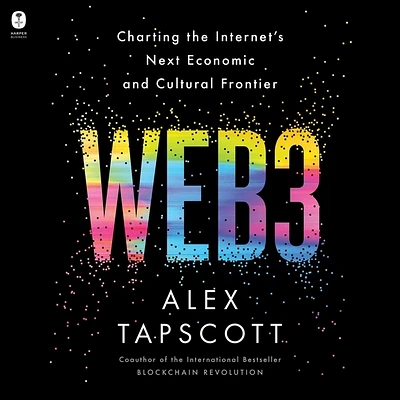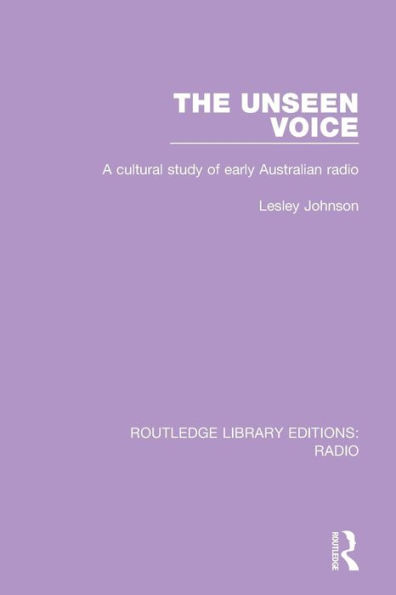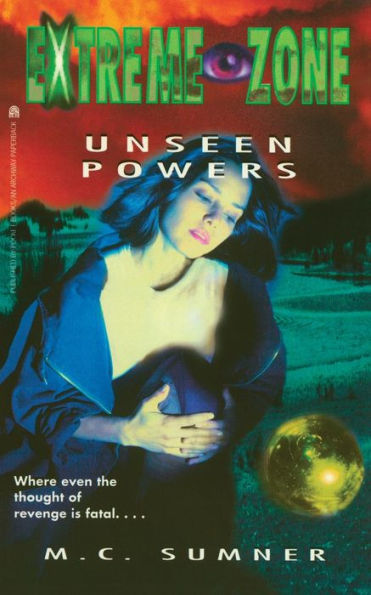Home
Seeing the Unseen: Arts of Power Associations on Senufo-Mande Cultural "Frontier"
Loading Inventory...
Barnes and Noble
Seeing the Unseen: Arts of Power Associations on Senufo-Mande Cultural "Frontier"
Current price: $80.00


Barnes and Noble
Seeing the Unseen: Arts of Power Associations on Senufo-Mande Cultural "Frontier"
Current price: $80.00
Loading Inventory...
Size: Hardcover
*Product Information may vary - to confirm product availability, pricing, and additional information please contact Barnes and Noble
How do arts convey the existence of potent knowledge without revealing details of that knowledge? In
Seeing the Unseen
, art historian Susan Elizabeth Gagliardi examines tensions between the seen and unseen that makers, patrons, and audiences of arts in western West Africa negotiate through objects, assemblages, and performances. Gagliardi examines how ambiguity anchors design of the arts, and she shows that attempts to determine exact meanings miss the point. Specialists across western West Africa construct assemblages, installations, and buildings that hint at the possibility of revelation, but full disclosure remains unattainable. Specific activities and contexts integral to the design and use of the works often leave no visible trace. Through attention to many ways of seeing and knowing,
opens new possibilities for the study of so-called historical or classical arts of Africa grounded in the specificity of individual works, their making, and their reception. It also prompts us to reflect on how we know and what it means to know in any context.
Seeing the Unseen
, art historian Susan Elizabeth Gagliardi examines tensions between the seen and unseen that makers, patrons, and audiences of arts in western West Africa negotiate through objects, assemblages, and performances. Gagliardi examines how ambiguity anchors design of the arts, and she shows that attempts to determine exact meanings miss the point. Specialists across western West Africa construct assemblages, installations, and buildings that hint at the possibility of revelation, but full disclosure remains unattainable. Specific activities and contexts integral to the design and use of the works often leave no visible trace. Through attention to many ways of seeing and knowing,
opens new possibilities for the study of so-called historical or classical arts of Africa grounded in the specificity of individual works, their making, and their reception. It also prompts us to reflect on how we know and what it means to know in any context.

















